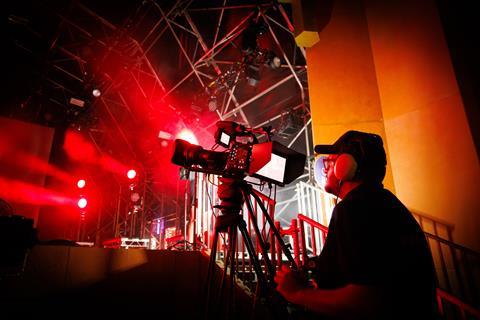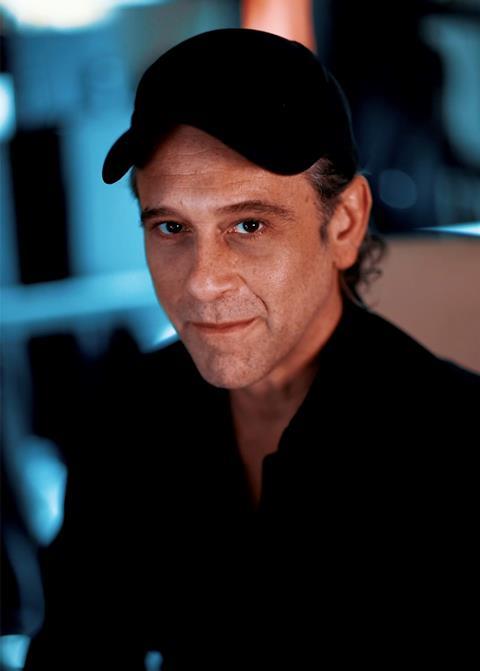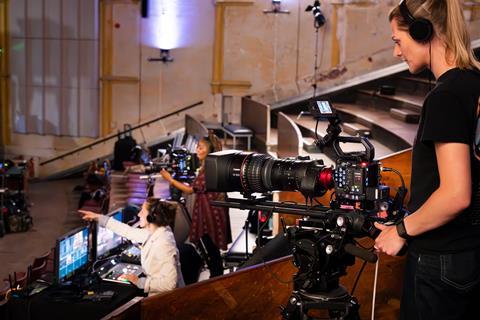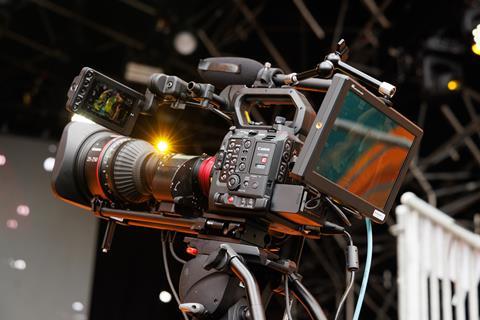Sponsored: Filmmaker Sebastien Devaud speaks to Broadcast Tech about the future of cine cameras

Across sport, music and more, cine-related features have grown in their use in broadcast environments.
This has led to manufacturers such as Canon looking to bring more live-focused features to their cine cameras, encouraging their use in broadcast further and creating a positive feedback loop as technology and content creators converge.

Filmmaker Sebastien Devaud, who works across several major French broadcasters, has used two such cameras, Canon’s EOS C400 and EOS C80, for a documentary on the Olympic Games, at several Canon events, and even plans to bring them into a virtual production environment in the future.
He believes that cameras such as the C400 and C80 are coming from strong base in live production, having become popular for bringing a shallow depth-of-field to broadcasts. “The popularity of shallow depth of field, which creates a visually appealing separation between the subject and the background, is a hallmark of cinematic storytelling. This aesthetic has become increasingly desirable in broadcast content, including fashion, music, and entertainment shows, prompting broadcasters to adopt cinema cameras that can achieve this effect.”
Devaud noted, “Whether it is at the level of video outputs or network, power or communication connections, everything has been designed internally to offer the professional solutions required by broadcast… [The] C400 and C80 offer robust connectivity options and support for professional accessories, making them easier to integrate into existing broadcast workflows.” This includes a 12-pin lens interface, built-in 12G-SDI, return input, tally support, and integrated Genlock signal recognition for synchronising multi-camera productions, as well as Wi-Fi and ethernet for real-time IP streaming (SRT / RTSP) and remote control via XC Protocol.

In addition, both the EOS C400 and C80 offer a triple-based ISO system and 6K full frame BSI sensor are key for use in varying light conditions in live broadcasts, Devaud explained, “[They] can adapt quickly to these changes without the need for extensive lighting setups, enhancing operational efficiency.” And the, “lightweight and compact design of both the C400 and C80 makes them easy to handle, especially for handheld shooting. This is particularly important in live broadcasting scenarios where mobility and quick positioning are essential as on-stage for music events or in crowded events venues.”
Elsewhere, “advancements in autofocus technology, such as Canon’s Dual Pixel autofocus, make these cameras more user-friendly, especially in fast-paced live environments.”
And they are only set to be more ubiquitous in broadcast going forward, building from this role, “Today, with the rise of premium content on streaming platforms like Netflix, Prime Video or Apple TV+, competition is increasingly tough and solutions must be found to appear innovative and modern in terms of image quality, versatility, and creative flexibility.

“The choice of aesthetic rendering is one of the key points, and there is a push for broadcast-quality production values across all media. Cameras with advanced sensor technologies are essential for meeting these new standards and broadcasters will increasingly turn to these advanced camera systems to enhance their production capabilities and meet audience expectations.”
For example, looking ahead, “We will often see a small C80 type camera mounted on a stabilizer to cover additional parts of sport such as the arrival of the players in the entrance corridor to give a different aesthetic to these generally neglected shots.
“We will also see C400 cameras, not connected to multi-cam workflows, dedicated to producing aesthetic images at major sporting events in order to create the image banks requested by the various documentary productions made in post-production after these events.”
With innovations such as these on the horizon, the growing use of cinematic cameras in broadcasting won’t be slowing any time soon.




No comments yet